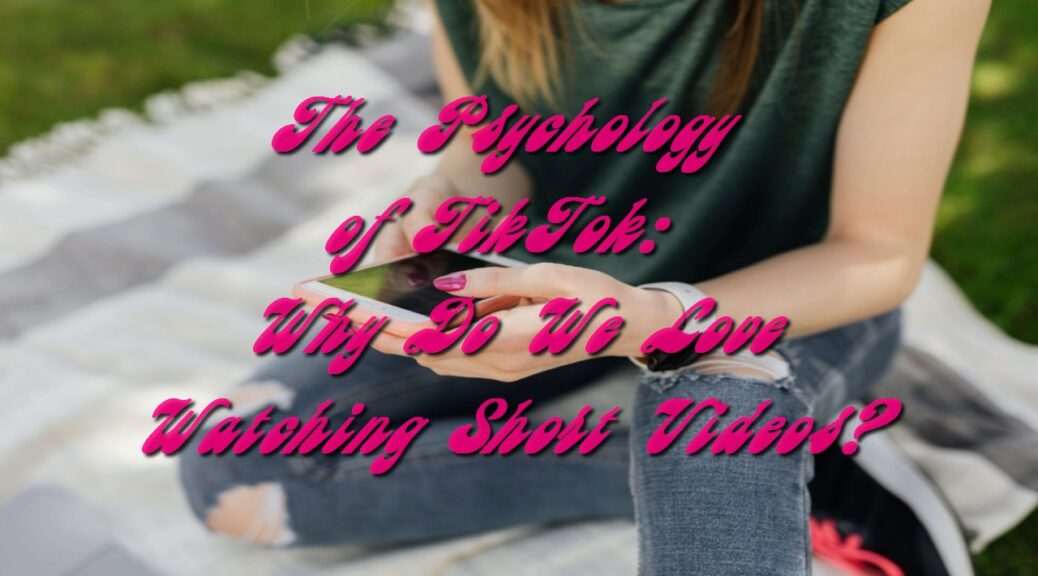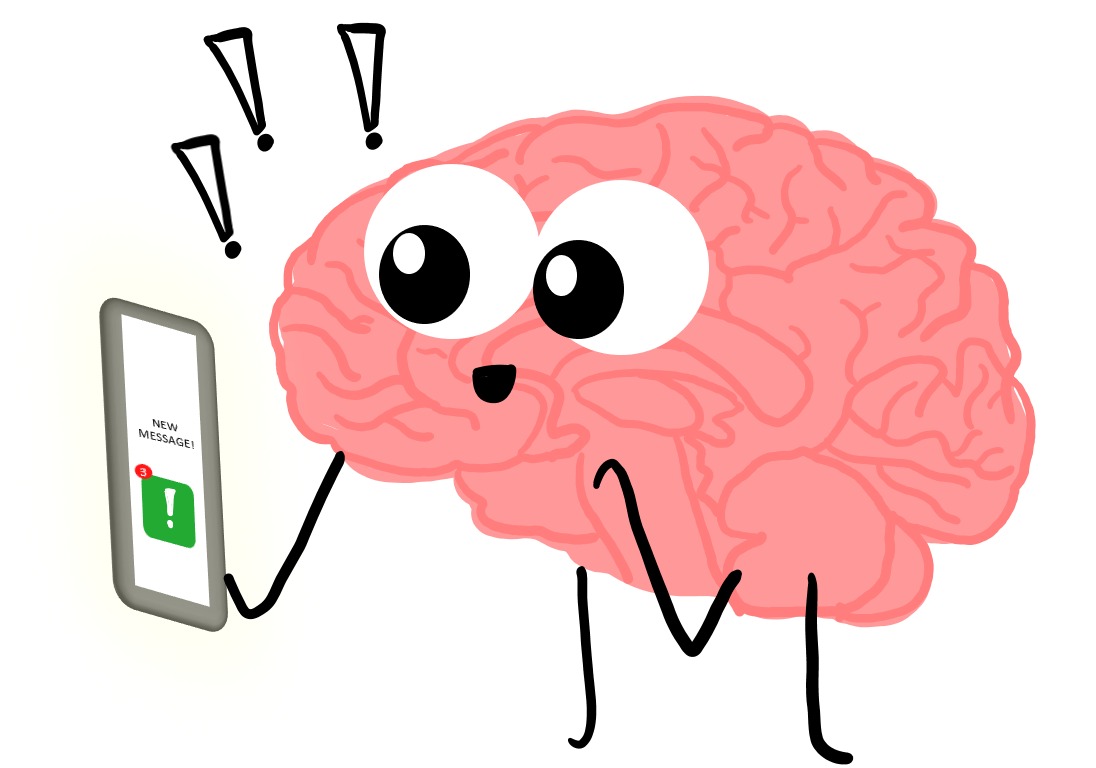
The Psychology of TikTok: Why Do We Love Watching Short Videos?
In recent years, TikTok has taken the world by storm, captivating millions of users with its addictive short video format. The app’s popularity raises an intriguing question: What is it about TikTok that makes us love watching these bite-sized videos so much? Why do these videos get so many likes and how to do the same? The answer is simple – get TikTok followers from SocialBoosting!
To understand the psychology behind our fascination, we can delve into several key factors that contribute to TikTok’s widespread appeal.
Dopamine Rush: The Power of Quick Gratification

One of the most significant reasons why TikTok videos are so captivating lies in the brain’s reward system. When we watch these short videos, our brains receive a quick dose of dopamine—a neurotransmitter associated with pleasure and reward. The brevity of TikTok clips, typically lasting between 15 to 60 seconds, fits perfectly with our modern desire for instant gratification. This quick-hit of satisfaction keeps us coming back for more, scrolling endlessly through the app’s endless stream of content.
Moreover, the TikTok algorithm plays a crucial role in this dopamine rush. It leverages machine learning to curate content based on users’ preferences, ensuring that the videos we see align with our interests. This personalized feed continually satisfies our curiosity and desire for novelty, making it challenging to put the app down.
Social Connection and FOMO: The Need to Stay In the Loop
Human beings are inherently social creatures, and TikTok has capitalized on this aspect of our psychology. Through the platform’s engaging content, we not only connect with friends but also establish connections with creators worldwide. We share laughter, emotions, and even educational experiences, fostering a sense of belonging in a digital community.
The Fear of Missing Out (FOMO) is another powerful psychological force at play on TikTok. Since videos are frequently shared and go viral within hours, users fear missing the next big trend or meme. This fear drives us to consistently check the app, ensuring we stay in the loop and remain part of the ongoing conversation. The constant stream of new content, challenges, and trends perpetuates this sense of urgency, making it difficult to disengage.
Escapism and Stress Relief: A Digital Retreat

Life can be stressful, and TikTok offers an accessible escape route. The platform provides a much-needed break from our daily routines, transporting us to a world filled with humor, creativity, and entertainment. The act of scrolling through short, engaging videos offers a respite from the pressures of our busy lives.
Psychologically, TikTok serves as a form of stress relief. Laughter, relaxation, and amusement trigger the release of endorphins, the body’s natural mood enhancers. As a result, users often turn to TikTok during moments of stress or boredom to elevate their moods. The app becomes a digital retreat where individuals can briefly detach from reality and immerse themselves in a world of delightful distractions.
Content Creation and Self-Expression: The Power of User-Generated Content
Beyond being passive viewers, TikTok empowers users to become content creators themselves. This feature taps into our innate desire for self-expression and recognition. By recording and sharing short videos, users engage in a creative process that allows them to showcase their talents, interests, and personalities.
The satisfaction derived from producing content and receiving likes, comments, and shares is a testament to the platform’s ability to boost self-esteem and self-worth. It’s a form of digital validation that fulfills our psychological need for recognition and affirmation. This dual role of TikTok, as both a viewer’s paradise and a content creator’s playground, strengthens its appeal, making it a dynamic social media platform.
Conclusion
The psychology of TikTok’s popularity is multifaceted, driven by factors like instant gratification, social connection, stress relief, and self-expression. By tapping into these fundamental human needs and desires, TikTok has not only revolutionized the way we consume and create content but also revealed the intricate ways in which technology can influence our behavior and emotions. As long as TikTok continues to provide a platform for these psychological drivers, it’s likely to maintain its stronghold on our digital attention spans for the foreseeable future.